Get In Touch
hello@untangld.co
Get In Touch
hello@untangld.co
Follow
|
LinkedIn

We use cookies to make sure you have the best experience on our website. Fear not, we don’t sell your data to third parties.



Born out of the sometimes dark, all the time interesting brain of Chief Creative Officer, Michael Knox, we decided to put Multiple Sclerosis into a bike. The ambition was simple. To inflict pain, dizziness, spasticity and the other symptoms that accompany this disease onto its rider.
The bike went on to be ridden by Olympic Cyclist Shane Kelly in a charity ride to show the world the impact MS can have on the body.
This Bike has MS attracted worldwide attention, collected a million in donations and picked up a bunch of creative and effectiveness awards along the way for good measure.
But all too often we don’t stop and reflect on the work we do. We are so obsessed with the next challenge, the next new idea, that we don’t look back on the lessons we learned.

Here are the four things we learned when we put a disease into a bicycle.
We simply couldn’t afford to pay for people’s attention, so we turned our focus on to how to propel MS into popular culture. We shifted our focus from storytelling to story making. This allowed us to better answer the objective of awareness, understanding and earned media in a way an advertising idea could never do.
Like many brands, charity or commercial, earned media is becoming a standard measure of success. Most likely because it speaks to the relevance and real world impact of an idea. But this doesn’t mean attracting PR for PR sake. We used news and PR as more than an awareness medium, but as a channel to create action. It was critical that PR surrounding The Bike drove people to find out more and eventually donate to the MS Melbourne Cycle.
Too often, especially in big businesses, the product tells one story and the marketing/advertising tells another. Here is an example of an idea “baked into” the product. This transforms the product into more than something you buy, but something you buy into. For us the product is a charity ride. Baking in the strategy allowed us to transform a generic charity ride into a powerful marketing tool.
It is too easy to be distracted by sexier issues. So much so, most of what not-for-profits communicate, although for a good cause is put in the “too hard basket”. The truth about human nature is that we need to be excited and engaged by something in order to give it the attention it deserves. Put a disease into a bike, and get a five-time Olympian to ride it turns what would be a worthy lecture into purposeful entertainment. Entertainment that can be leveraged into action given the right tools.
Advertising can be sexy, but flippant. Experts can be enlightening, but too boring to cut through the media noise. In this case, a communications agency, neurologist, physiotherapist, bike mechanic, sports scientists, Olympic cyclists and people living with MS, with all different skill sets, worked together to a common goal. To produce something educational and unexpected. Approaching this like a think tank and not an ad agency is why this campaign was so successful. Real collaboration made this something unique.
These lessons aren’t exclusive to this project. Over the last year we’ve seen the world’s most celebrated work prove these lessons over and over again. And I’m sure the work that we celebrate this coming June will share some of these lessons. Here are a few of my favourites from the last few months.
Meet Graham out of Clemenger BBDO Melbourne is a hot contender for everything, as it smashes together science and art in a powerfully ugly road safety message.
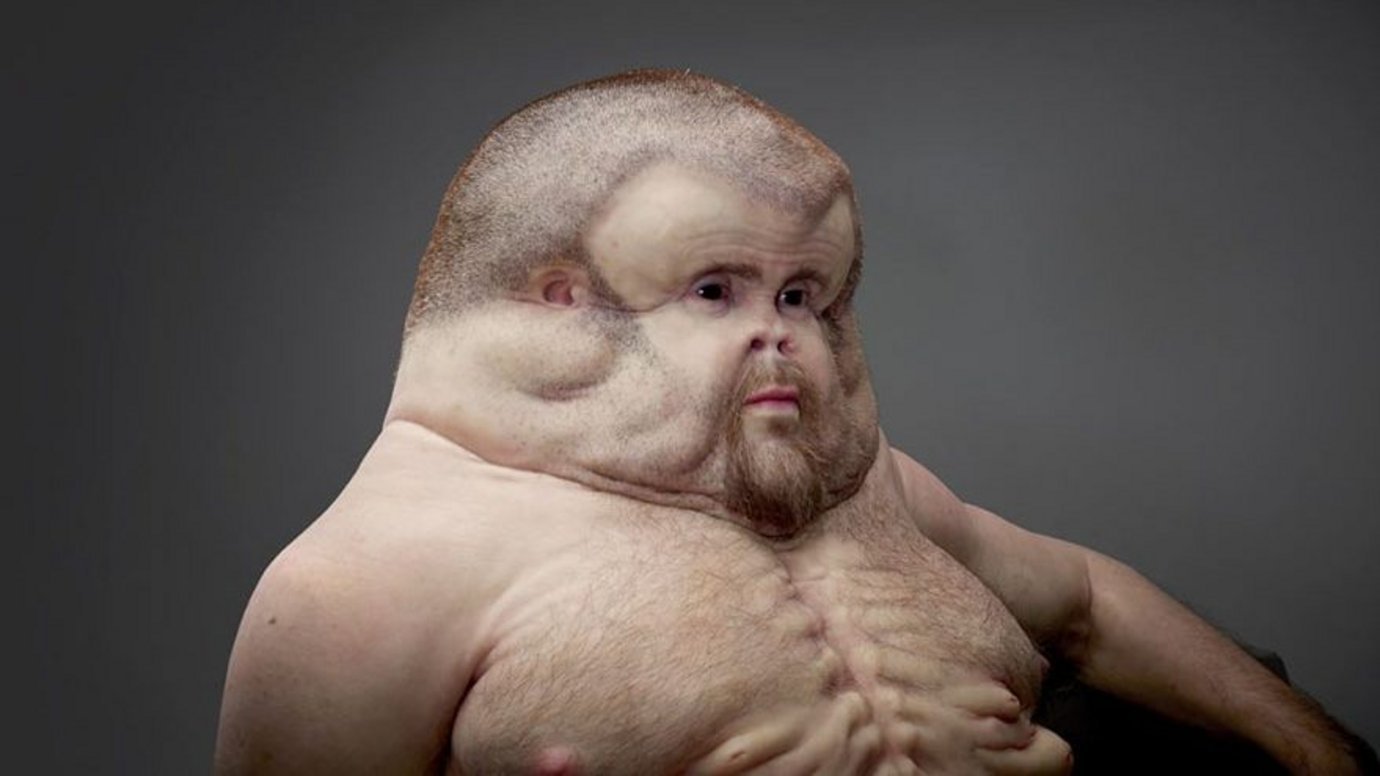
Fearless Girl out of McCann New York made more headlines than anything, anywhere in the last 2 months.
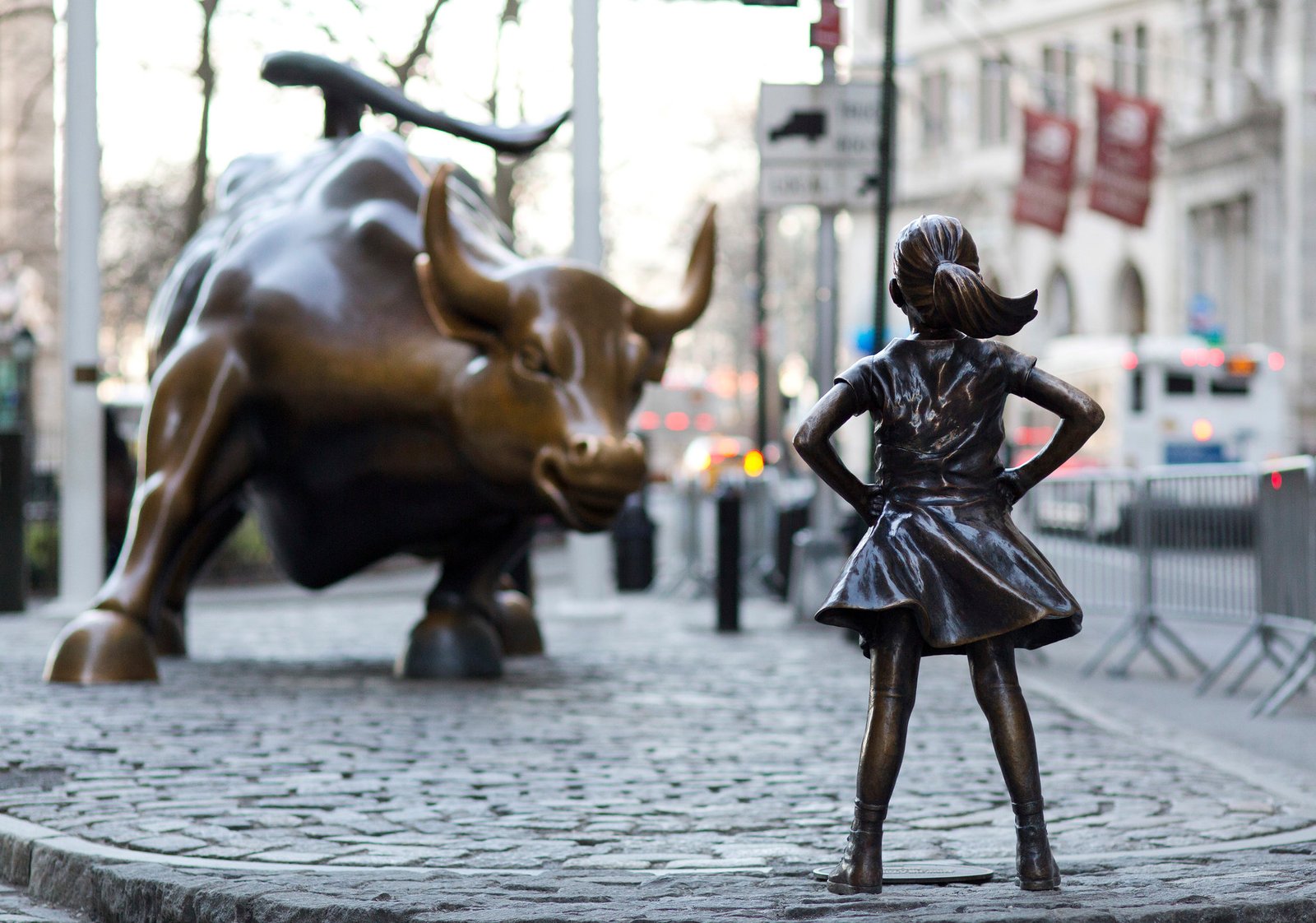
The “Finding Home” app, developed by the advertising firm Grey Malaysia, allows users to simulate the phone of “Kathijah,” a fictional 16-year-old who fled persecution in Myanmar and is trying to make a new life in Malaysia.
Don’t get me wrong. There is no formula, and great ideas is not a science as much as we love to talk about research and data. But hell, it’s nice to learn something, and then try and break it next time out.

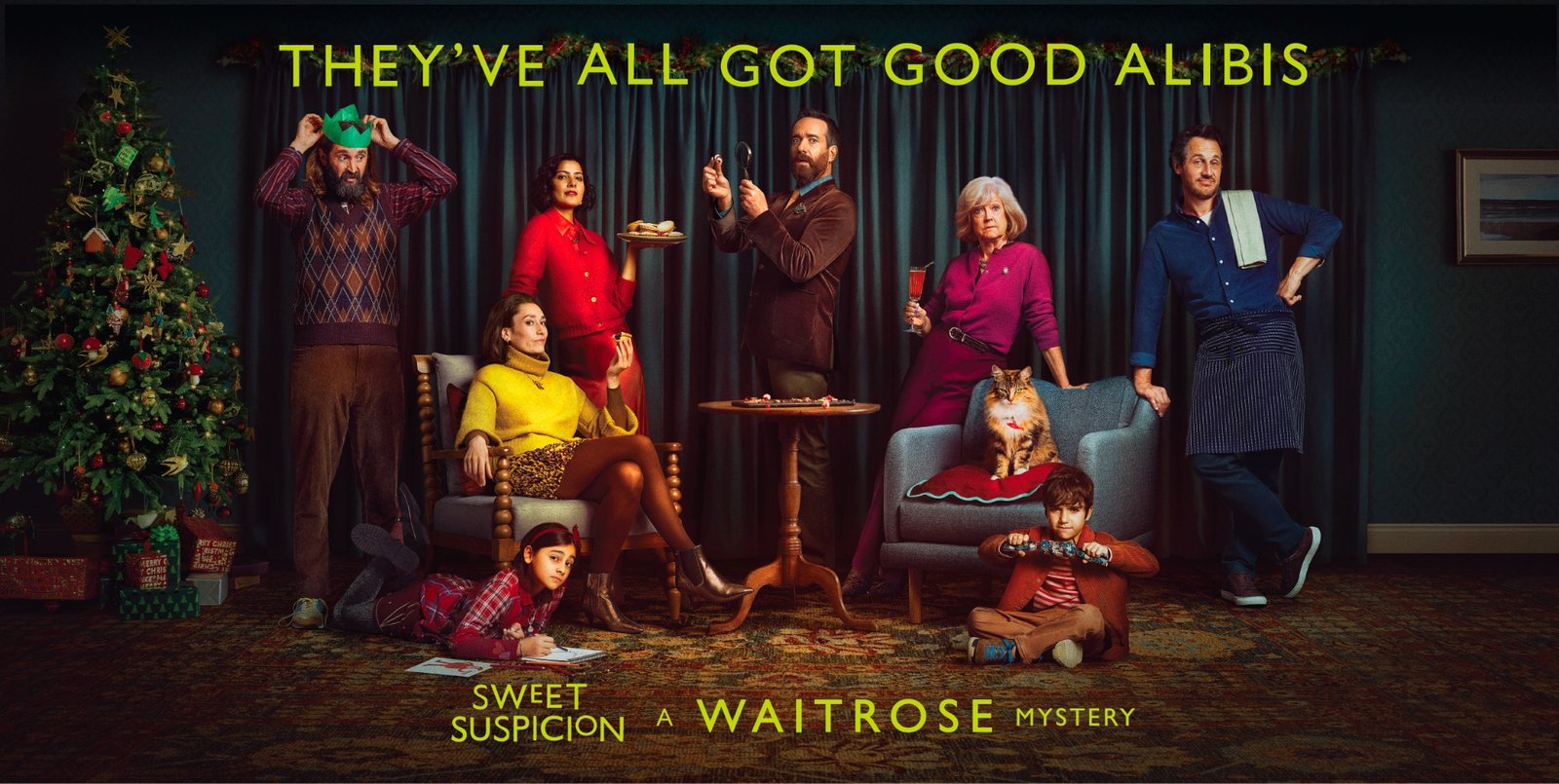


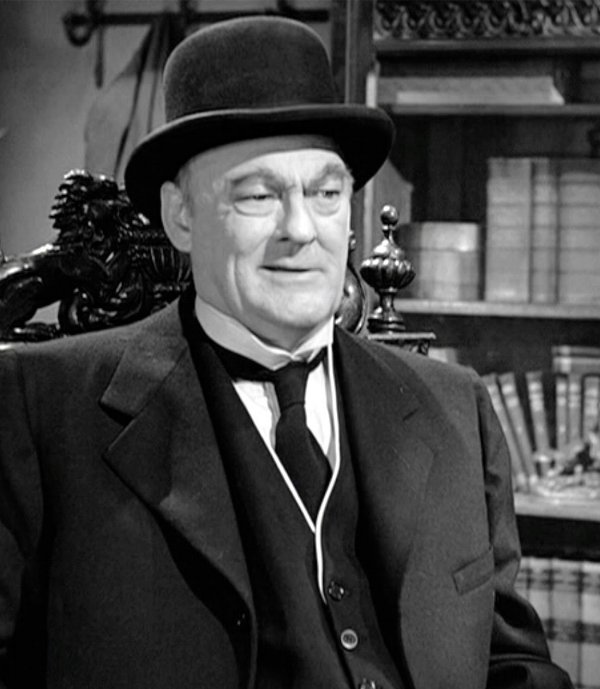
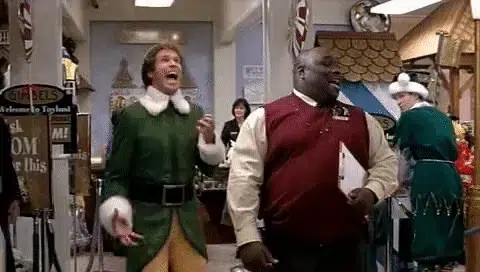
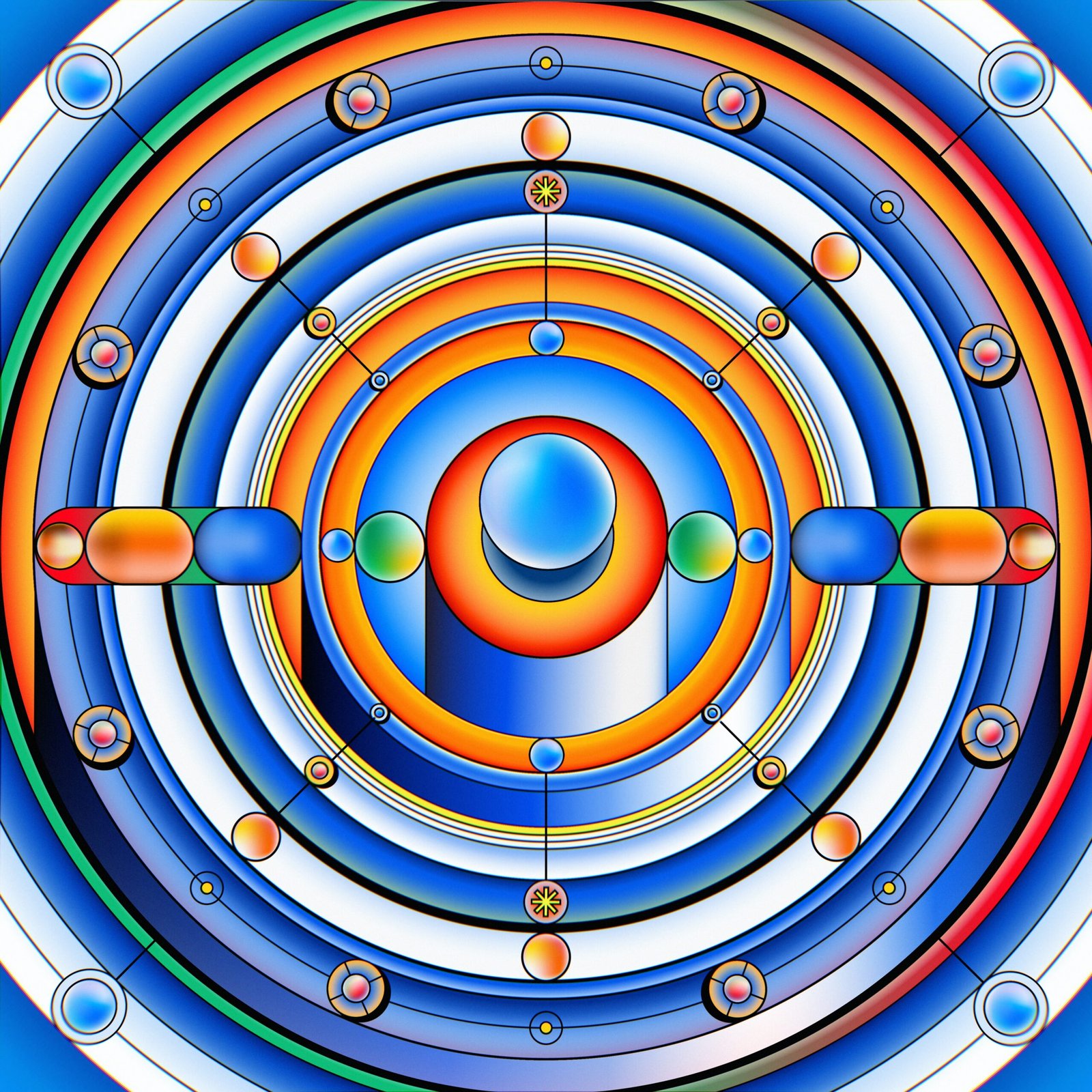

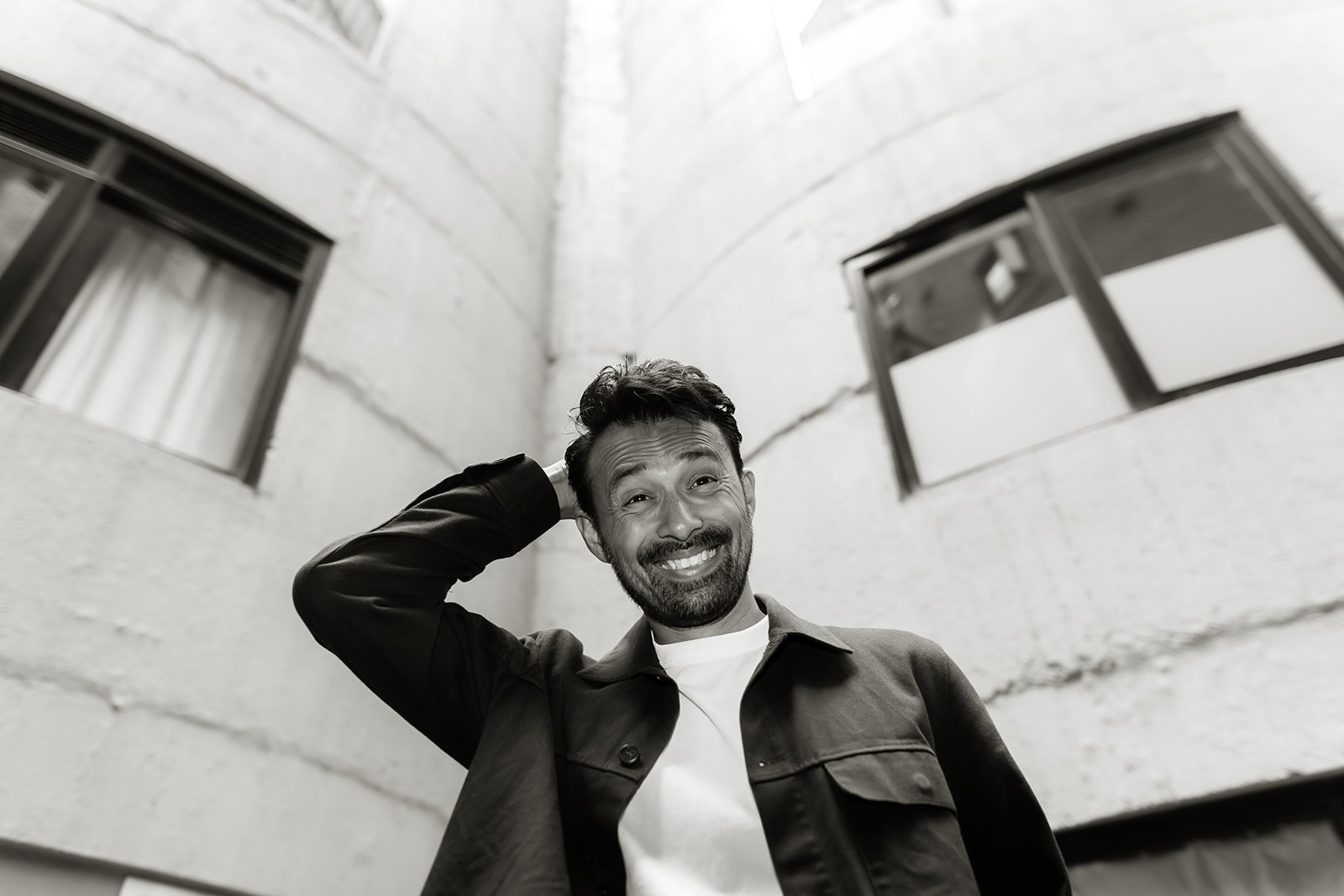
→ Danish is one of the most awarded strategists in the world, having worked on some of the most iconic brands in the last decade including Virgin Atlantic, Coca Cola, and Volvo. Danish spent his career helping to make modern, connected strategy integral to world-class effective work. A co-founder of Untangld, and a founding partner of By The Network, Danish is also a regular judge at the Effies and WARC Global Effectiveness Awards and a contributor to popular industry rags.
